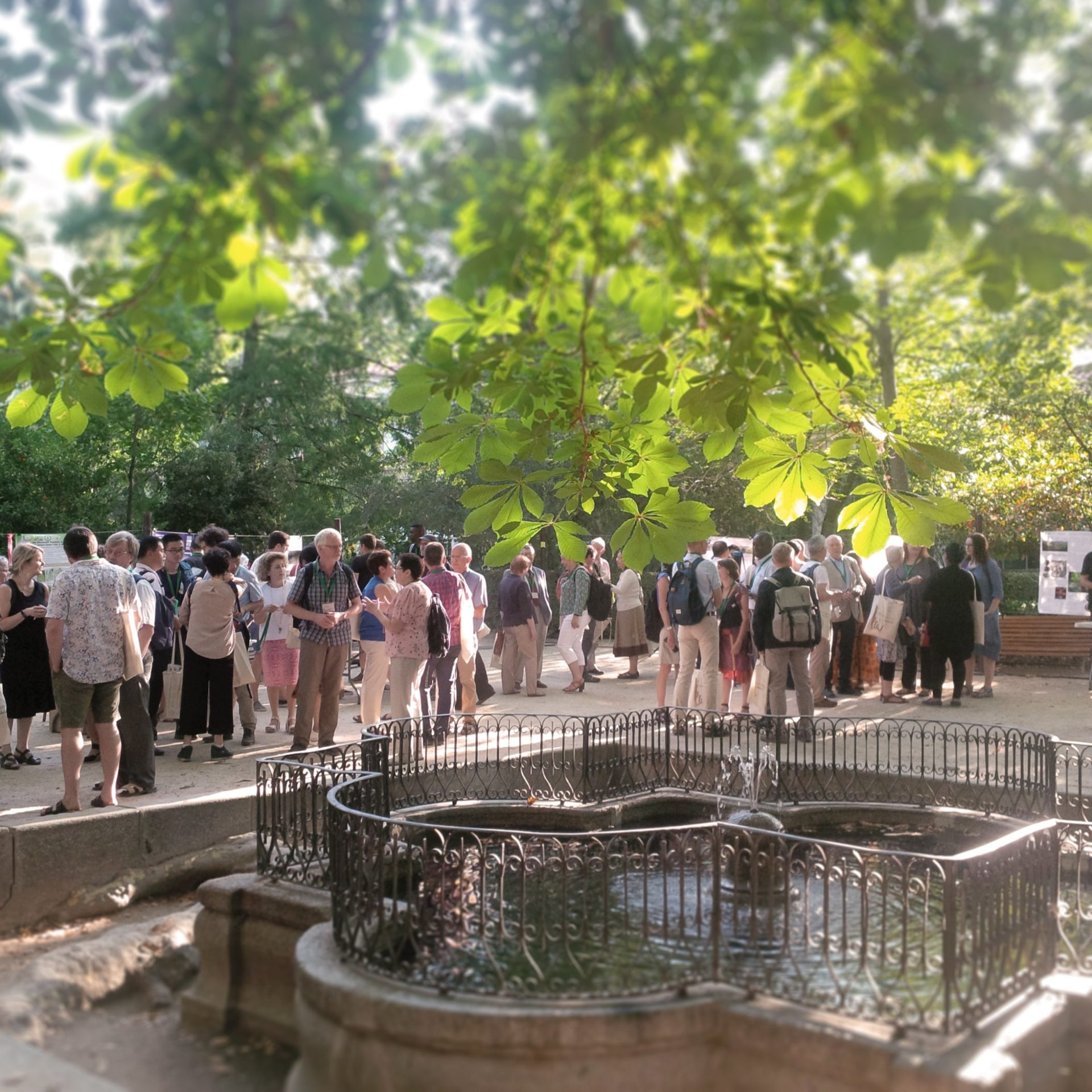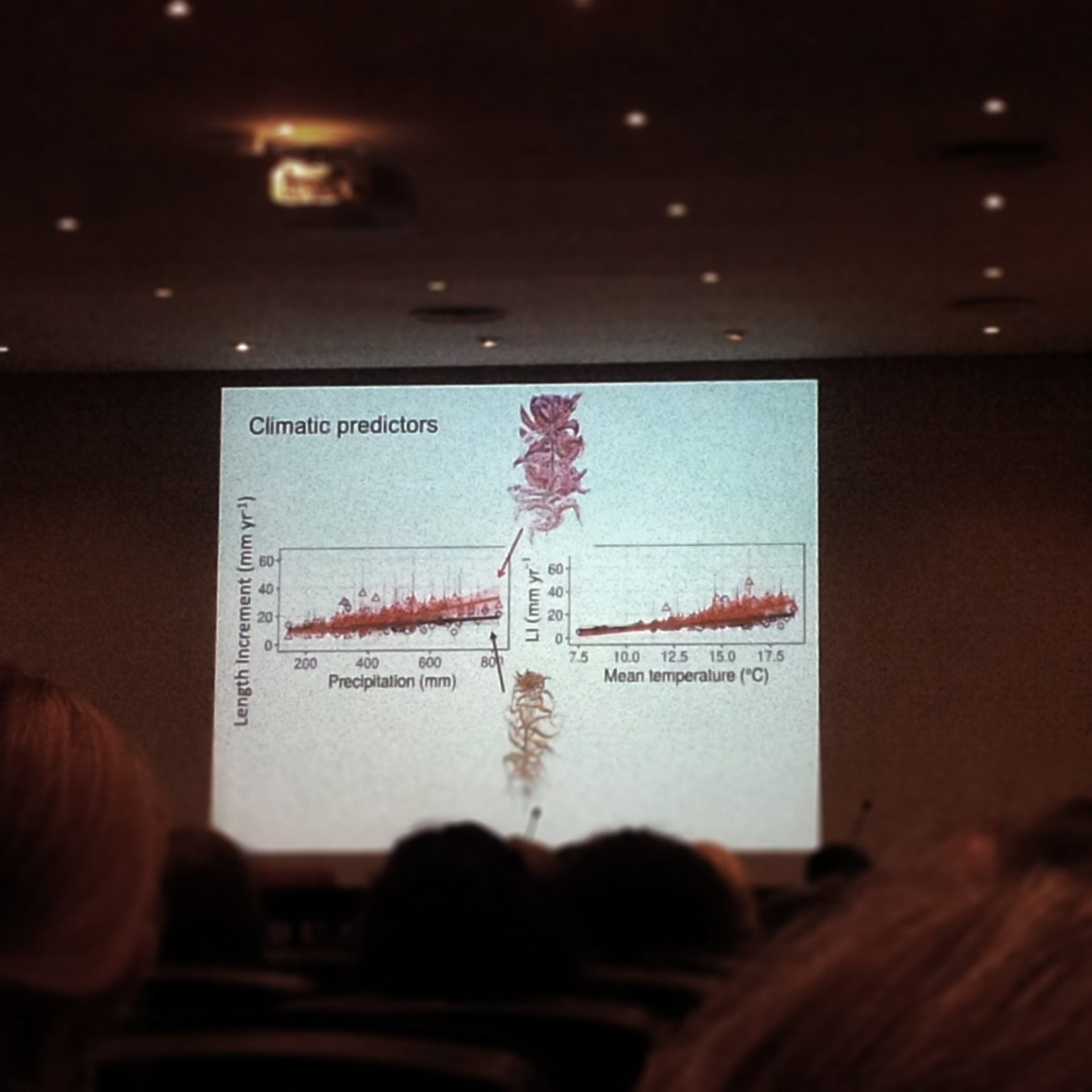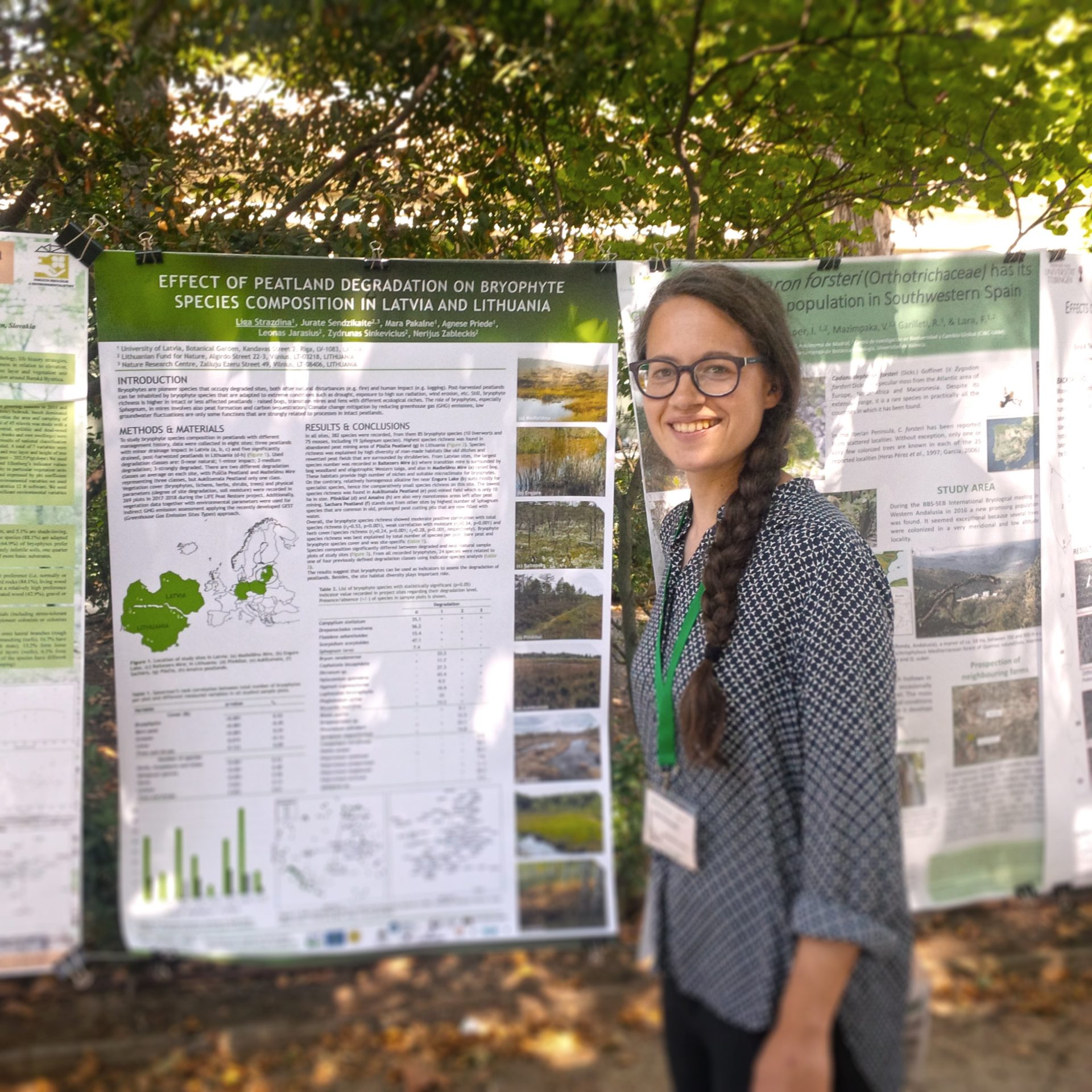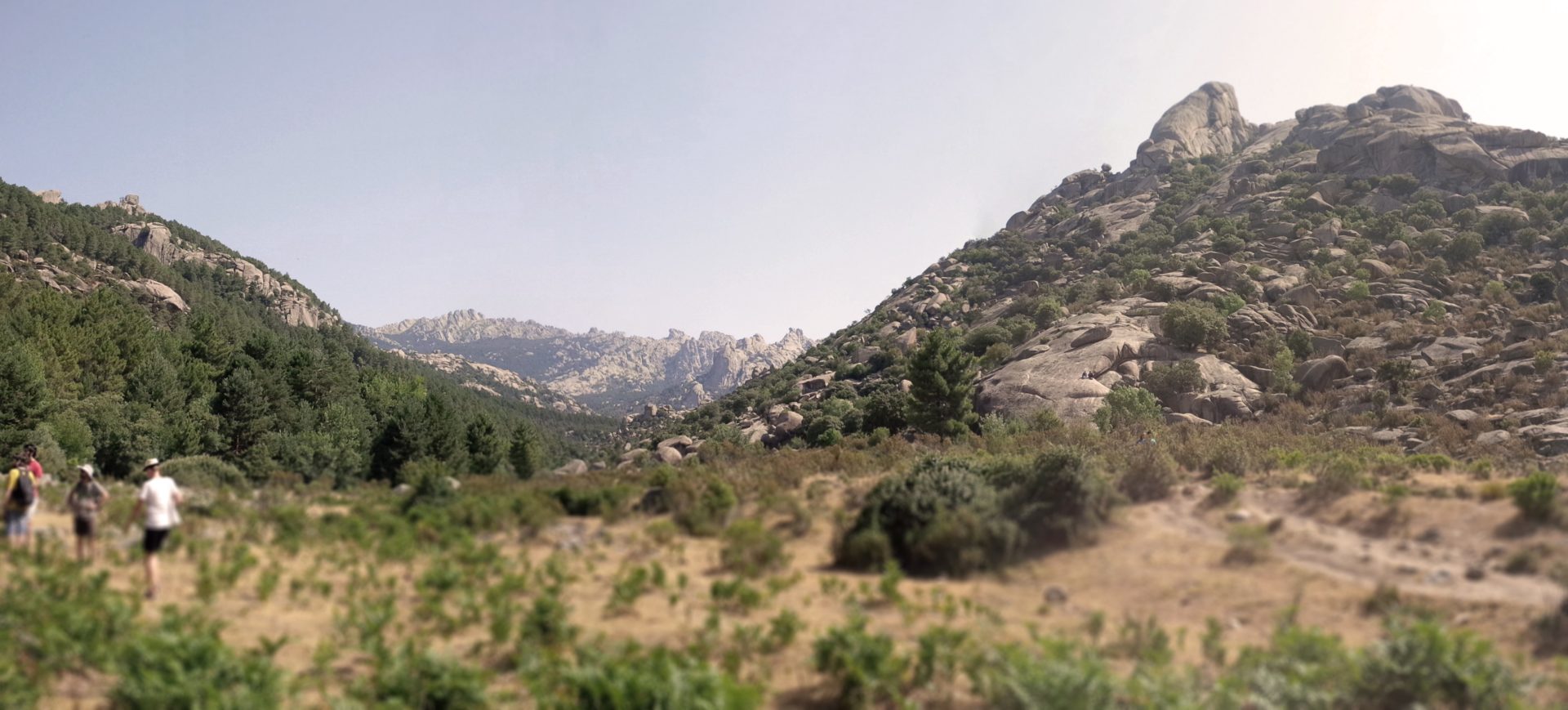On July 9–12, 2019, an international conference organised by IAB (International Association of Bryologists), iMOSS (International Molecular Moss Science Society) and SEB (Spanish Bryological Association) was held at the Royal Botanical Garden in Madrid, Spain. Approximately 150 bryologists from 40 countries addressed topics related to bryophyte ecology, biogeography and nature conservation, as well as usage of gene research in bryophyte physiology, phylogenetic and systematics. In total, 79 oral presentations and 86 posters contributed to these topics.

Several presentations were related with global climate warming impact to bryophyte species distribution and biological diversity, also in peatland ecosystems, e.g. in Czech Republic, Sweden and the United Kingdom. Norway and Switzerland presentations covered Peat-moss morphology and genetic diversity.

LIFE Peat Restore project was represented by Dr. biol. Līga Strazdiņa with a poster that was prepared jointly with colleagues from Latvian and Lithuanian project teams. In this study, bryophyte usage as indicators of different degradation degrees in peatlands was discussed. Among 85 bryophyte species that were recorded in eight project sites in Latvia and Lithuania, 24 species were significantly related to one of the degradation classes, showing species sensitivity or capability to adapt to anthropogenic impact. These results can be used in similar studies and assessments to evaluate degradation intensity and select the most suitable management approaches.

During the talk in the poster session, the GEST approach was also explained. Most of all, researchers from Brno Masaryk University in Czech Republic showed special interest in LIFE Peat Restore and the GEST approach, as peatland exploitation and increasing impact of global warming to regional flora and quality of plant localities, is a current topic in their home country.

More information about conference and abstracts of all reports can be found at www.bryology2019.com, whereas the results of the joint Latvian and Lithuanian study of bryophytes in project peatland sites can be downloaded here: abstract and poster.


